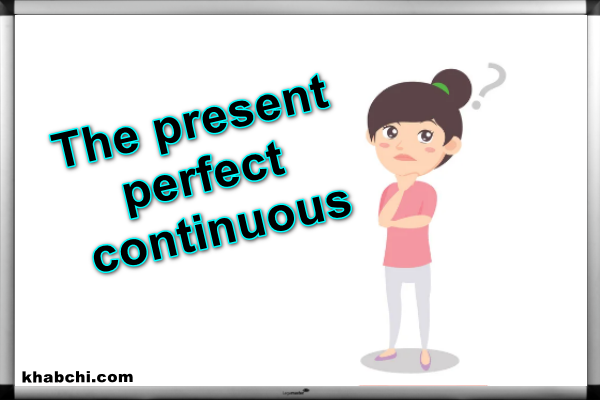
The concept of cause and effect is fundamental in understanding the world around us. It refers to the relationship between two events where one event is the result of the other. Causes are what bring about an effect, and effects are the outcomes or consequences of those causes. This relationship is prevalent in many areas of our lives, including science, economics, and social interactions. In this article, we will explore the concept of causes and effects and provide some examples to help you understand it better.
Causes and Effects: An Overview
The concept of cause and effect can be broken down into two parts: the cause and the effect. A cause is an event, action, or condition that brings about a particular result. An effect is the outcome or consequence of that cause. The relationship between the two is such that the cause must happen first, and then the effect follows.
For example, consider the act of throwing a ball. The cause is the action of throwing the ball, and the effect is the ball moving through the air. Another example would be smoking, where the cause is smoking, and the effect is an increased risk of lung cancer.
Causes can be categorized into different types, including immediate, contributing, and ultimate causes. Immediate causes refer to events that directly lead to an effect, while contributing causes are those that indirectly contribute to an effect. Ultimate causes, on the other hand, are the underlying reasons that explain why something happens.
Effects can also be categorized into different types, including direct effects and indirect effects. Direct effects are those that occur immediately as a result of the cause, while indirect effects are those that occur later or as a result of other factors.
Examples of Cause and Effect Relationships
Here are some examples of cause and effect relationships that you may encounter in your daily life:
- Lack of exercise leads to weight gain: Lack of exercise is a contributing cause of weight gain, which is the effect.
- Eating unhealthy food leads to health problems: Eating unhealthy food is the cause, and health problems such as obesity, high blood pressure, and heart disease are the effects.
- Global warming leads to climate change: Global warming is the cause, and climate change, including rising sea levels and extreme weather patterns, is the effect.
- Overpopulation leads to resource depletion: Overpopulation is the cause, and the depletion of resources such as food, water, and energy is the effect.
- Poor education leads to limited job opportunities: Poor education is the cause, and limited job opportunities are the effect.
- Drinking alcohol leads to impaired driving: Drinking alcohol is the cause, and impaired driving, including accidents and injuries, is the effect.
Conclusion
In conclusion, the concept of cause and effect is an essential tool for understanding how events and actions are related. By understanding the cause and effect relationship, we can predict and prevent negative outcomes and take steps to promote positive ones. The examples provided above demonstrate how cause and effect relationships can be identified in many different areas of our lives, including health, environment, and education. By being aware of these relationships, we can make informed decisions that positively impact our lives and the world around us.




















